- …
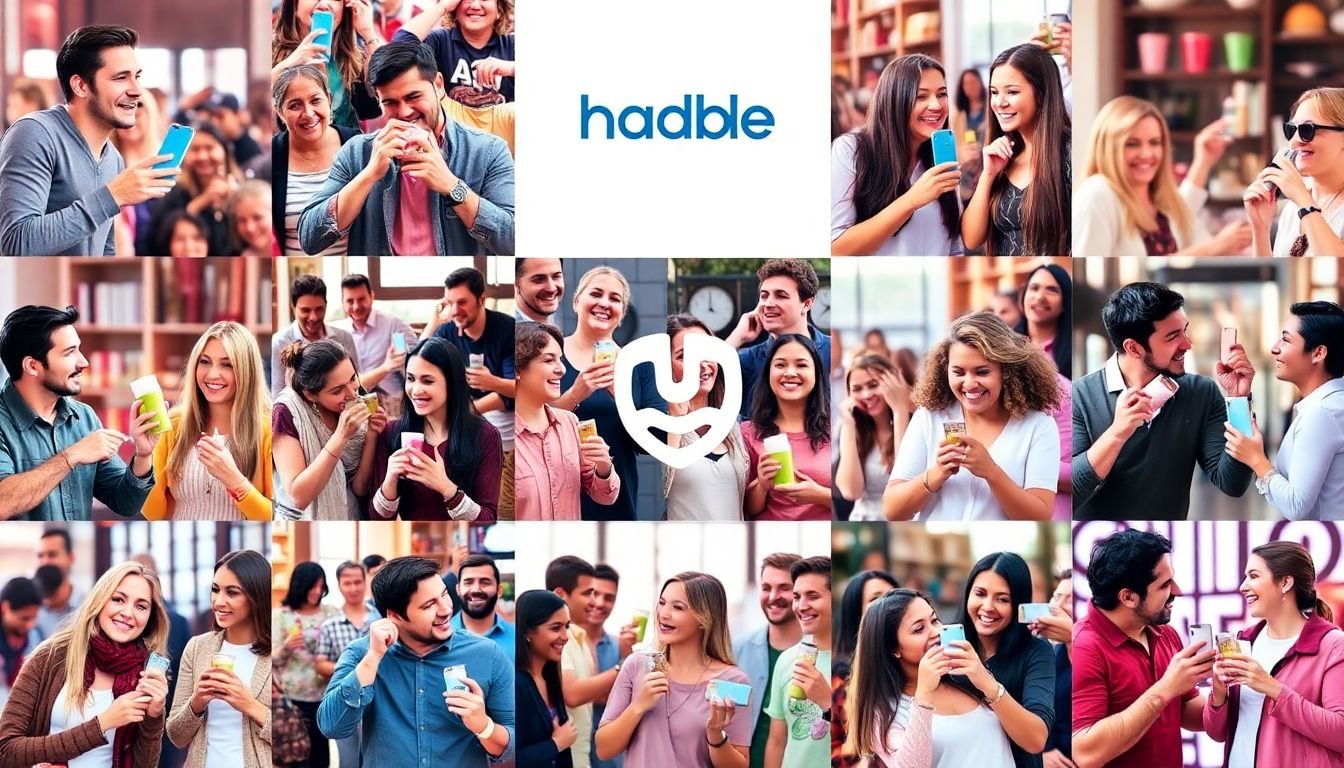
Table of Contents
In the dynamic world of social media, one of the most powerful tools at your disposal is often the content you don’t create yourself
- user-generated content (UGC). But the question is, are you leveraging this goldmine to its full potential in your social media strategy? Let’s delve into the fascinating realm of UGC and explore how it can transform your social media presence, engage your community, and drive your brand’s success.
Did you know that 79% of people say UGC highly impacts their purchasing decisions, and 55% of consumers trust UGC more than other types of marketing? This isn’t just about sharing a few customer photos; it’s about tapping into a wealth of authentic, relatable content that builds trust, fosters engagement, and ultimately, sells. But here’s the thing: creating a UGC-driven strategy isn’t as simple as posting a hashtag and hoping for the best. It requires a well-thought-out plan, a deep understanding of your audience, and a commitment to community engagement.
So, what can you expect to gain from this article? By the end of ‘Leveraging User-Generated Content in Your Social Media Strategy’, you’ll have a clear understanding of what UGC is, why it’s crucial for your brand, and how to integrate it seamlessly into your social media strategy. We’ll explore real-life examples, provide actionable tips, and demystify the art of community engagement. We promise to make this journey informative, engaging, and, dare we say, fun! So, are you ready to unlock the power of UGC and take your social media strategy to the next level? Let’s dive right in!
Engage, Inspire, and Amplify Your Brand’s Reach with UGC
In the dynamic world of digital marketing, one strategy stands out as a powerful tool to engage, inspire, and amplify your brand’s reach: User-Generated Content (UGC). Imagine a vibrant tapestry woven with the threads of customer experiences, stories, and interactions, each thread a testament to the authenticity and value of your brand. UGC is not just a marketing tactic; it’s a conversation starter, a trust builder, and a community cultivator. By encouraging and sharing user-generated content, you’re inviting your audience to become active participants in your brand’s narrative. This not only expands your reach through their networks but also creates a sense of belonging and loyalty among your followers. Moreover, UGC serves as a powerful form of social proof, with customers’ experiences and opinions carrying more weight than any marketing message you could craft. So, why not harness the power of UGC to engage, inspire, and amplify your brand’s reach? Let your customers tell your story, and watch as your brand’s influence grows organically and authentically.
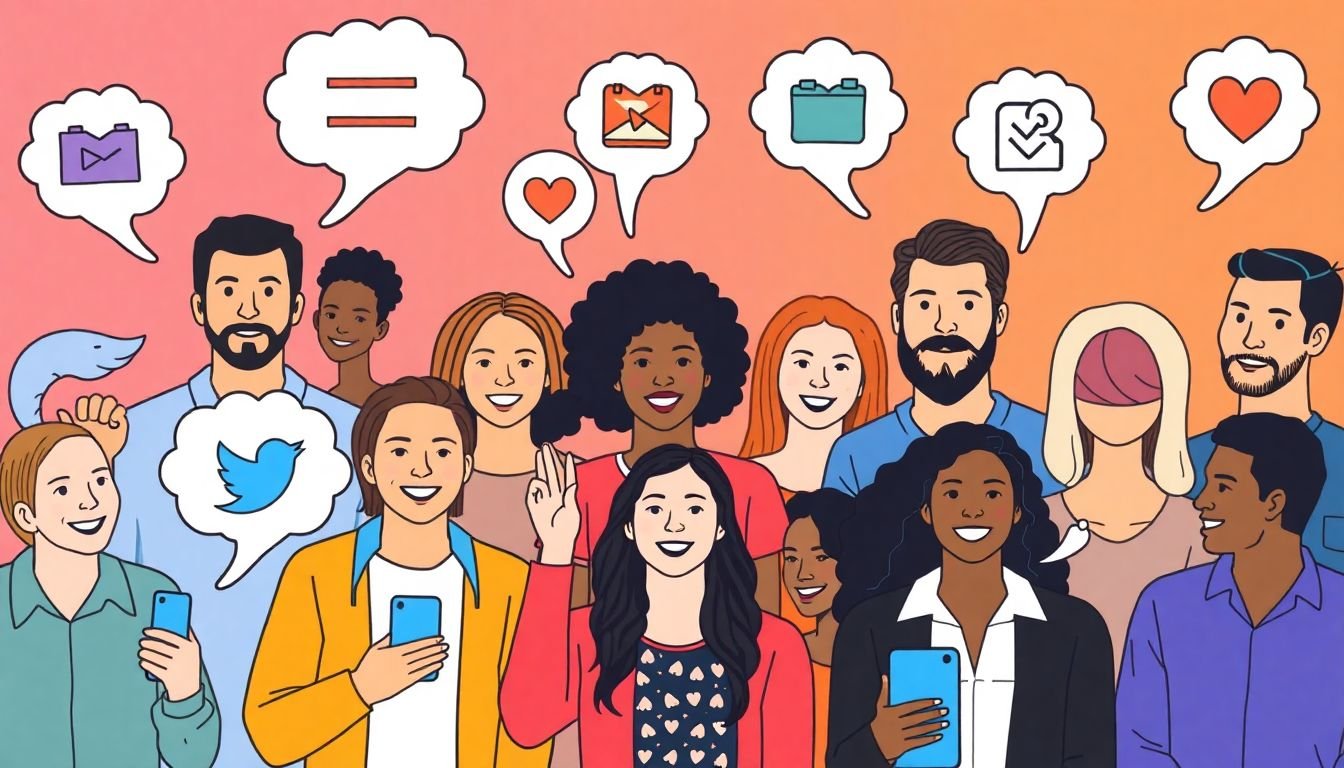
Understanding User-Generated Content
In the dynamic realm of social media, user-generated content (UGC) has emerged as a powerful force, reshaping the way we communicate, consume, and create information. UGC refers to any content—text, videos, images, reviews, etc.—created by people, rather than brands or media outlets, and shared on social media platforms. This content ranges from personal updates and opinions to creative expressions and viral challenges, reflecting the diverse motivations and experiences of users.
The importance of UGC cannot be overstated. It fuels the growth and engagement of social media platforms, with users spending more time on sites that encourage and showcase UGC. For businesses, UGC serves as a valuable marketing tool, providing authentic testimonials, insights into consumer behavior, and cost-effective content creation. Moreover, UGC democratizes media, giving voice to marginalized communities and facilitating global conversations.
UGC stands in stark contrast to traditional content, which is typically produced by professional media outlets or brands. While traditional content is often controlled, curated, and one-way, UGC is decentralized, organic, and interactive. It allows users to participate in the creation and dissemination of information, fostering a sense of community and belonging.
The psychology behind UGC creation and sharing is multifaceted and fascinating. Users create and share content online for various reasons, including:
- Self-expression: Social media provides a platform for users to express their thoughts, feelings, and creativity.
- Social connection: Sharing content is a way to engage with others, build relationships, and feel connected to a community.
- Recognition and validation: Users may seek likes, shares, or comments as a form of social approval or validation.
- Altruism: Some users share content to inform, help, or entertain others, contributing to the collective knowledge and well-being of their community.
In essence, UGC is not just a byproduct of social media; it is the lifeblood that sustains and evolves these platforms. Understanding UGC—its nature, importance, and underlying psychology—offers valuable insights into the digital age and the human experience within it.
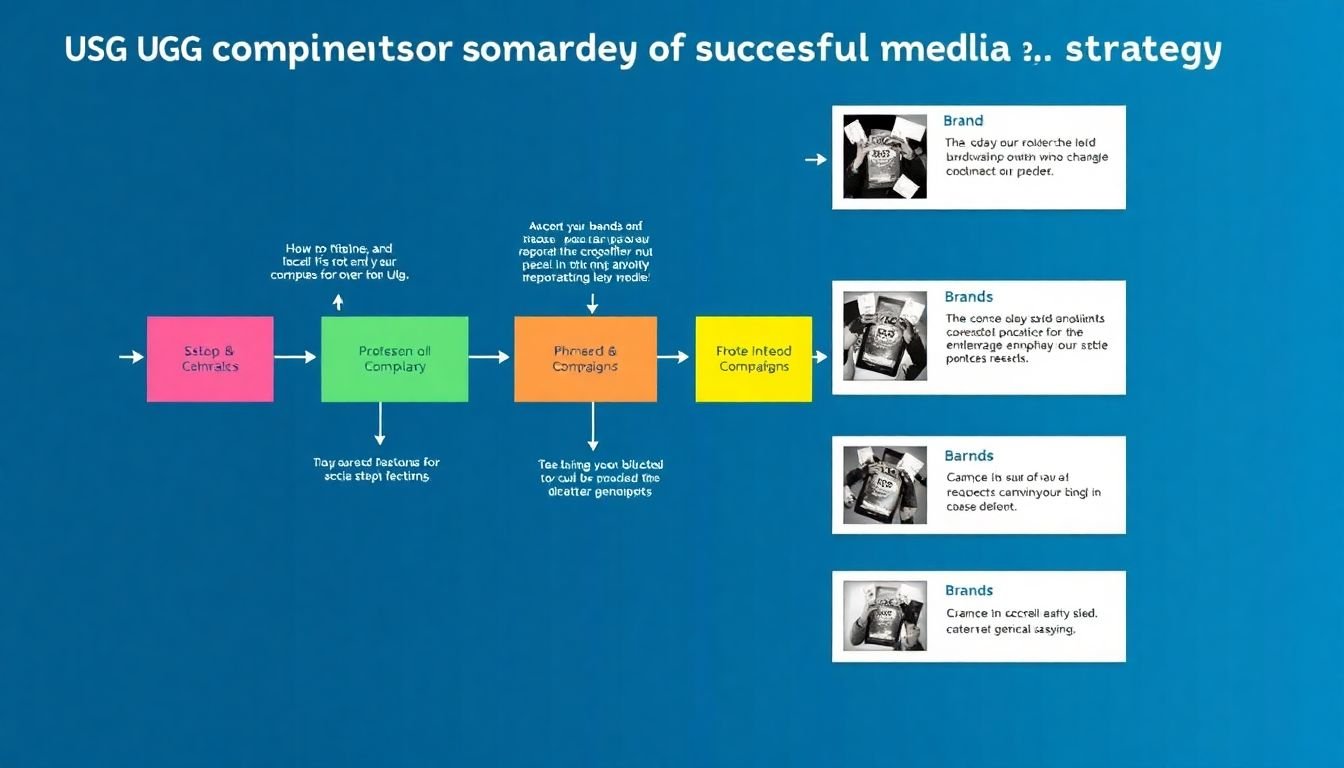
The Role of UGC in Social Media Strategy
In the dynamic world of social media, User-Generated Content (UGC) has emerged as a powerful tool, seamlessly integrating into comprehensive strategies to enhance brand awareness, foster trust, and boost customer engagement. UGC, ranging from posts, comments, reviews, to videos and images, is created by people, for people, providing an authentic voice that resonates with audiences.
UGC plays a pivotal role in amplifying brand awareness. When users share content related to a brand, they extend its reach exponentially. For instance, GoPro’s #GoPro campaign encouraged users to share their action-packed videos, resulting in millions of user-generated content pieces that not only showcased the product’s durability and versatility but also expanded its audience reach.
Trust is another area where UGC shines. Consumers are more likely to believe and engage with content from their peers than brand-created content. A study by Bazaarvoice found that 85% of consumers trust online reviews as much as personal recommendations. Starbucks’ #RedCupContest is a testament to this. Each year, customers share their holiday-themed red cup designs, fostering a sense of community and trust, as users see real people enjoying and interacting with the brand.
UGC also drives customer engagement, encouraging interaction and fostering a sense of belonging. Wendy’s #4for$4 campaign is a prime example. By offering a discounted meal deal, Wendy’s incentivized users to share their meals, leading to a surge in user-generated content and increased engagement.
In conclusion, UGC is not just a nice addition to a social media strategy; it’s a necessity. It humanizes brands, builds trust, and drives engagement. By embracing and integrating UGC, brands can create a more robust, authentic, and effective social media strategy.
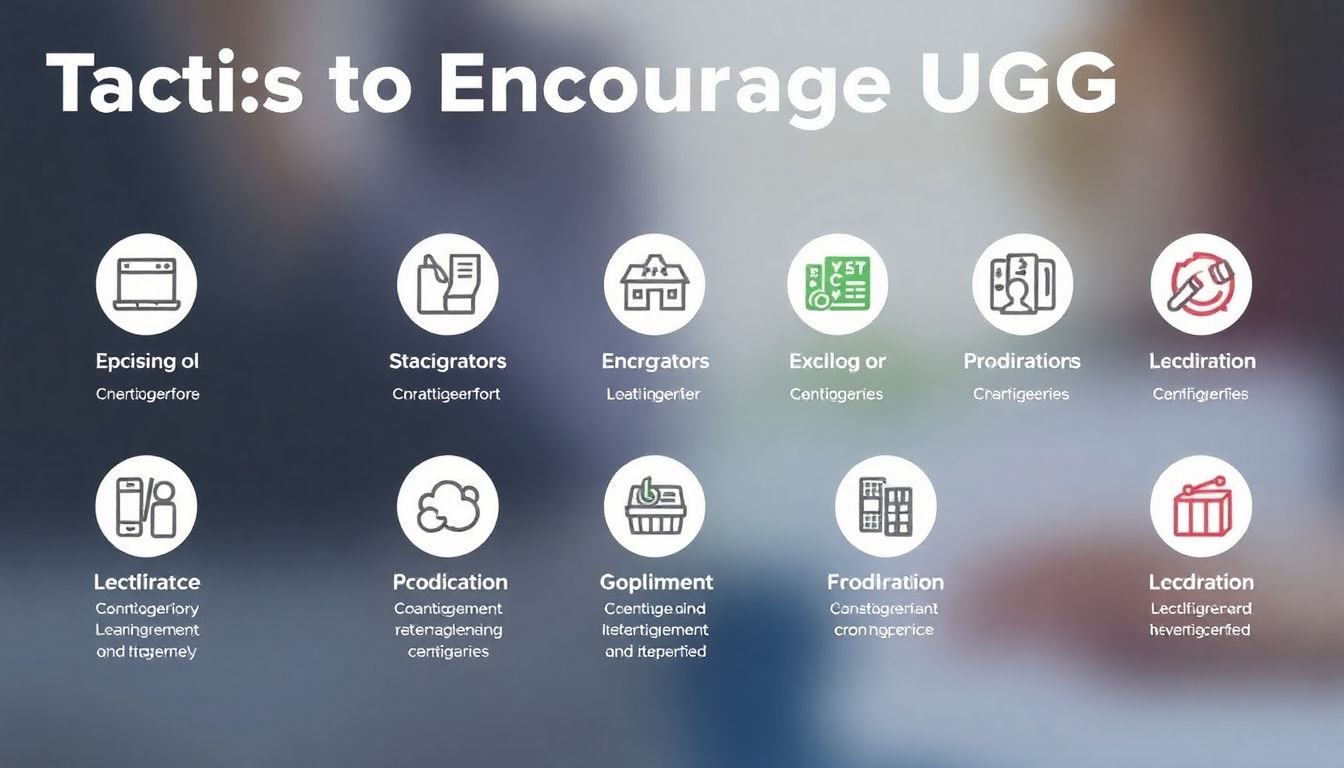
Encouraging User-Generated Content
In the digital age, user-generated content (UGC) has emerged as a powerful tool for brands to engage with their audience and foster growth. Encouraging UGC not only amplifies your brand’s reach but also builds trust and authenticity. Here’s how you can inspire and motivate your audience to create and share content related to your brand.
The first step is to cultivate authenticity. People are more likely to engage with content that feels genuine and relatable. Encourage your audience to share their personal experiences and stories related to your brand. This could be anything from a customer’s unboxing experience to a user’s success story with your product or service. By sharing these real-life experiences, you create a sense of authenticity that resonates with your audience.
Next, consider implementing incentives to motivate your audience to create and share UGC. This could be in the form of rewards, recognition, or even exclusive access to new products or services. For instance, you could run a contest where the winner gets a free upgrade or a feature on your brand’s social media page. The key is to make the incentives valuable and relevant to your audience.
Lastly, creating a sense of community is crucial. People are more likely to engage with your brand if they feel part of a larger community. This could be achieved by creating a platform where users can interact with each other, share ideas, and collaborate. You could also host events or workshops that bring your audience together, both online and offline. By fostering a sense of community, you create a supportive environment where users feel encouraged to create and share content.
In conclusion, encouraging UGC is not just about increasing your brand’s reach, but also about building a genuine connection with your audience. By focusing on authenticity, incentives, and community, you can inspire and motivate your audience to create and share content that not only reflects positively on your brand but also enriches the user experience.
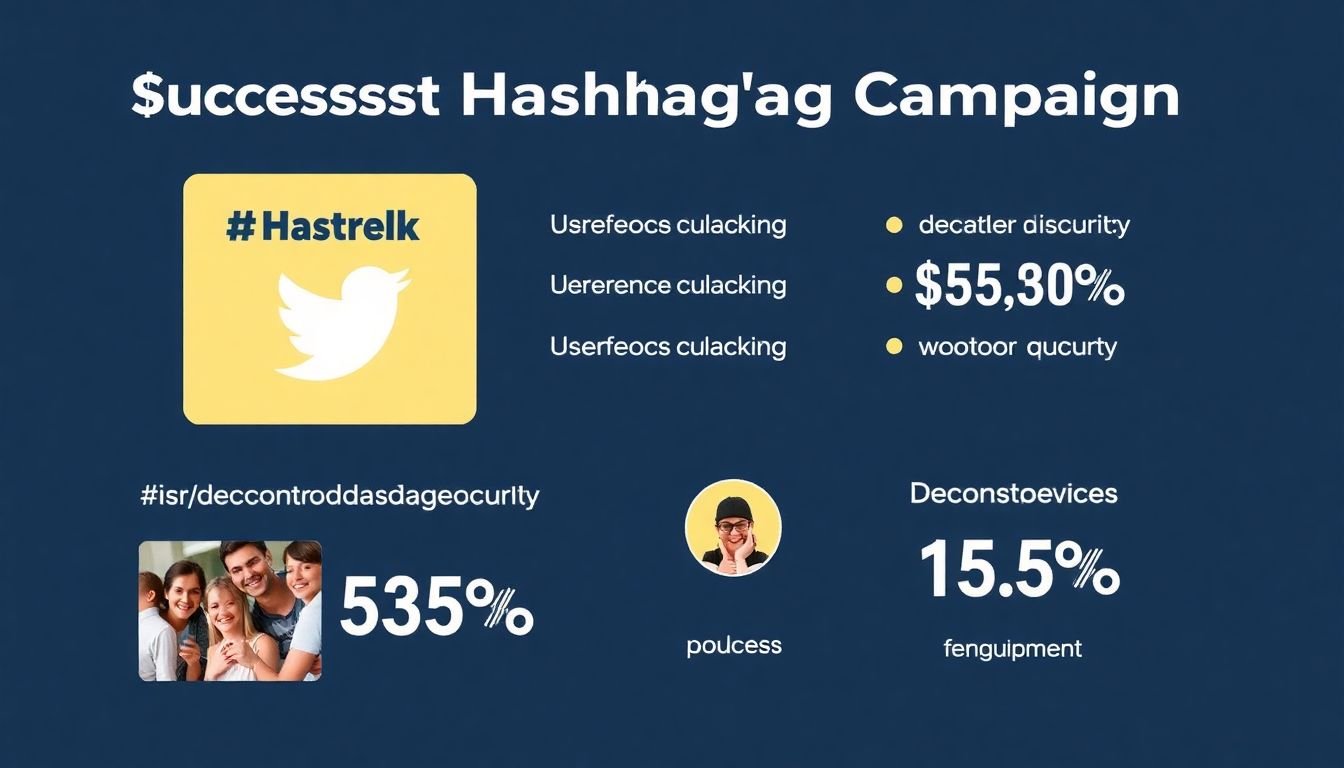
Hashtag Campaigns: The Backbone of UGC
In the digital age, user-generated content (UGC) has emerged as a powerful tool for brands, with hashtags serving as its backbone. Hashtags are not merely humble symbols; they are the lifeblood of online conversations, enabling brands to tap into the vast potential of UGC. Let’s delve into the power of hashtags and explore how to create an effective hashtag campaign.
Firstly, understanding your audience is paramount. Research their interests, behaviors, and online habits. Identify which platforms they frequent and which hashtags they engage with. This insight will guide you in creating a hashtag that resonates with your audience.
Creating an effective hashtag is an art in itself. It should be unique, memorable, and relevant to your brand or campaign. Keep it short and simple, as longer hashtags can be cumbersome and easily mistyped. Consider using alliteration or rhyming to make it more catchy. For instance, Coca-Cola’s ‘#ShareACoke’ campaign personalized bottles with names and encouraged users to share photos, generating a massive amount of UGC.
Once you’ve created your hashtag, it’s time to promote it. Leverage your social media channels, website, and email newsletters. Collaborate with influencers who can reach a wider audience. Run contests or giveaways encouraging users to participate using your hashtag. Here are some steps to promote your hashtag campaign:
- Announce the campaign on your social media channels
- Engage with users who use your hashtag
- Share user-generated content (with permission)
- Run contests or giveaways
- Collaborate with influencers
Lastly, tracking your campaign’s performance is crucial. Use analytics tools to monitor the reach, engagement, and growth of your hashtag. Track the number of posts, likes, shares, and comments. Analyze the demographics of users participating in the campaign. This data will help you refine your strategy and make informed decisions for future campaigns.
In conclusion, hashtag campaigns are a powerful tool for driving user-generated content. By understanding your audience, creating a compelling hashtag, promoting it effectively, and tracking its performance, you can harness the power of UGC to build your brand and engage with your audience.
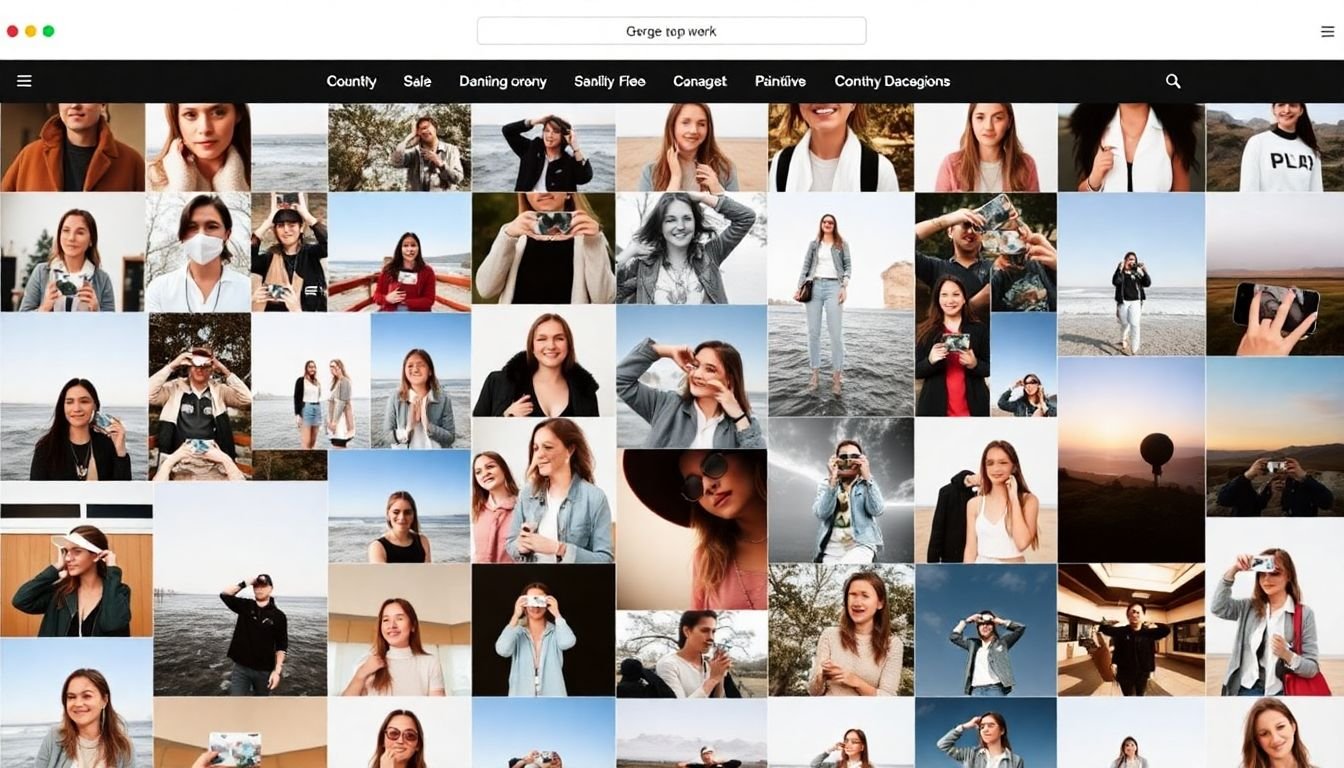
Curating and Showcasing User-Generated Content
In the digital age, user-generated content (UGC) has become a powerful tool for businesses to engage with their audience and build brand loyalty. Curating and showcasing UGC effectively, however, requires a strategic approach that balances quality, quantity, and respect for users’ rights. Let’s delve into the best practices for collecting, curating, and displaying UGC.
The first step in this process is collecting UGC. Encourage users to share their content by creating a clear call-to-action, making the process easy and fun. This could be through contests, hashtag campaigns, or simply asking customers to share their experiences with your product or service. Ensure that your terms and conditions clearly state that by sharing, users grant you the right to use their content.
Once you have a collection of UGC, it’s time to curate. Not all content will be suitable for showcasing. Maintain a balance between quality and quantity by selecting content that is relevant, engaging, and aligns with your brand values. Remember, quality is more important than quantity. A single, high-quality piece of UGC can be more impactful than a dozen mediocre ones.
Attribution is crucial when displaying UGC. Always credit the original creator. This not only respects their rights but also builds goodwill with your audience. You can do this by tagging the user, using their handle, or including their name in the caption. If the content is shared without a handle or name, make an effort to reach out to the user and ask for permission before using their content.
Lastly, always seek permission before using UGC, especially if you plan to use it in a way that’s different from how it was originally intended. This could be using it in an ad campaign, for example. Even if you have the right to use the content, it’s good practice to ask for permission first. It shows respect for the user and can help build a positive relationship.
In conclusion, curating and showcasing UGC is a powerful way to engage with your audience and build your brand. By following best practices, you can create a win-win situation where users feel valued and your brand benefits from authentic, engaging content.

Engaging with User-Generated Content
Engaging with User-Generated Content (UGC) is not just a nice-to-have, but a critical aspect of modern marketing. UGC is authentic, trustworthy, and provides a wealth of insights into your audience. Responding to and engaging with it is your brand’s way of saying, ‘We hear you, we value you, and we’re here for you.’
Effective engagement with UGC starts with a timely response. Today’s audience expects immediacy. Acknowledge UGC promptly, even if it’s just a simple ‘like’ or a quick ‘thank you’. Timeliness shows that your brand is active, attentive, and cares about its audience.
Personalization is key when responding to UGC. Use the user’s name if possible, and show that you’ve taken the time to understand their content. Don’t just copy-paste responses. Each interaction should feel unique and genuine. This builds a connection with your audience and fosters brand loyalty.
Maintaining a positive brand image is crucial while engaging with UGC. Always respond in a way that aligns with your brand’s voice and values. If a user has had a negative experience, use the opportunity to turn it into a positive. Apologize, empathize, and offer a solution. Remember, every interaction is a chance to improve your brand image.
Here are some tips to help you respond effectively:
- Be human. Use a friendly, conversational tone.
- Show appreciation. Thank users for their content and for engaging with your brand.
- Be consistent. Respond in a way that’s consistent with your brand’s voice and values.
- Use UGC to your advantage. Share, like, and comment on UGC to build your brand’s presence and show your audience that you value their content.
- Monitor and analyze UGC. It’s a goldmine of insights into your audience and your brand.
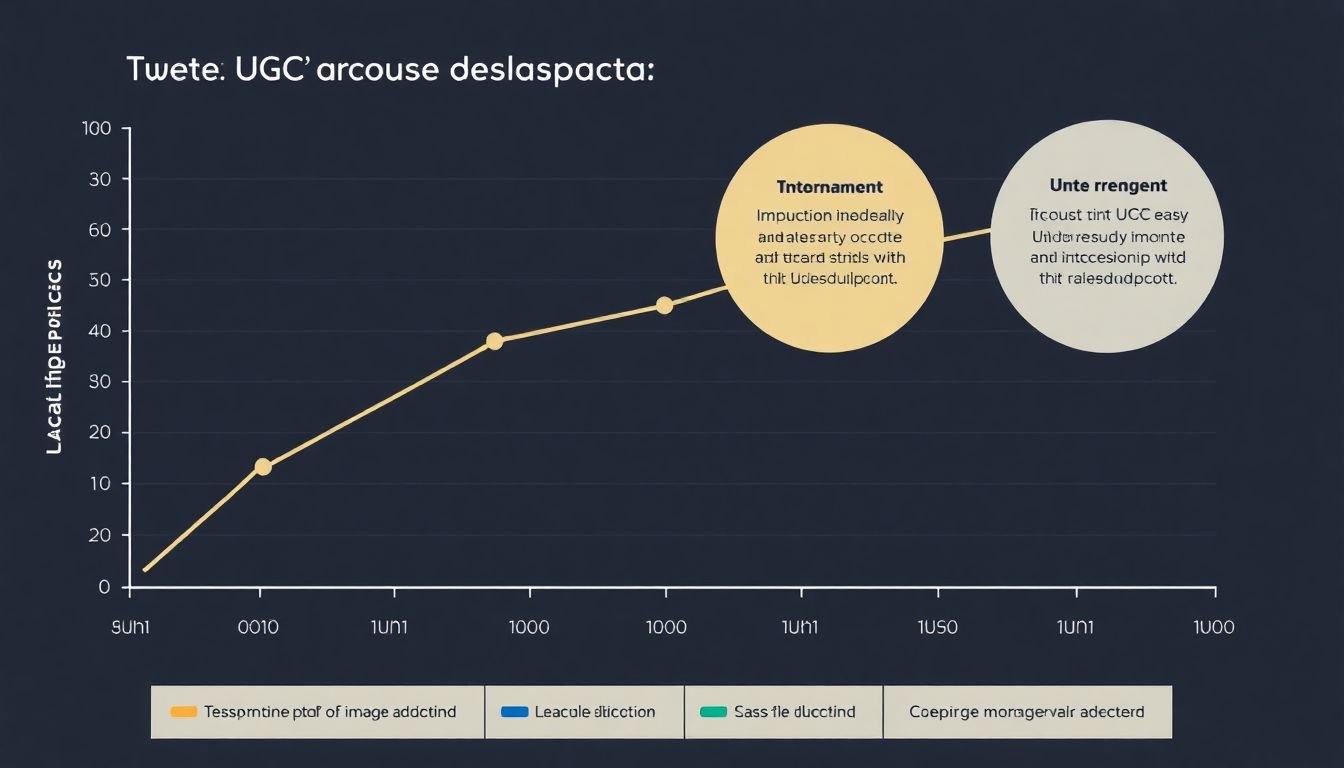
Measuring the Success of User-Generated Content
Measuring the success of User-Generated Content (UGC) is a multifaceted process that involves setting clear goals, tracking key performance indicators (KPIs), and analyzing the impact of UGC on your brand’s overall success. UGC, ranging from social media posts to product reviews, is a powerful tool that can significantly enhance your brand’s reach, credibility, and engagement. However, to harness its full potential, it’s crucial to understand how to quantify and evaluate its effectiveness.
The first step in this process is setting specific, measurable, achievable, relevant, and time-bound (SMART) goals. For instance, you might aim to increase your brand’s reach by 20% within the next quarter through UGC. Once your goals are established, you can identify the KPIs that will help you track progress and assess success.
Here are some key KPIs to consider:
- Reach and Engagement: Track the number of unique users exposed to your UGC (reach) and the level of interaction it generates (likes, shares, comments, etc.).
- Sentiment Analysis: Evaluate the emotional tone behind the content, helping you understand if users are sharing positive, negative, or neutral experiences with your brand.
- Conversions: Measure the direct impact of UGC on your business objectives, such as sales, sign-ups, or app downloads.
- Cost per Acquisition (CPA): Assess the cost of acquiring new customers through UGC, helping you understand the return on investment (ROI).
To track these KPIs, you can use a combination of social media analytics tools, Google Analytics, and other marketing analytics platforms. Regularly review and analyze the data to gain insights into what types of UGC resonate most with your audience and drive the most significant results. By continually refining your UGC strategy based on these insights, you can maximize its impact on your brand’s success.
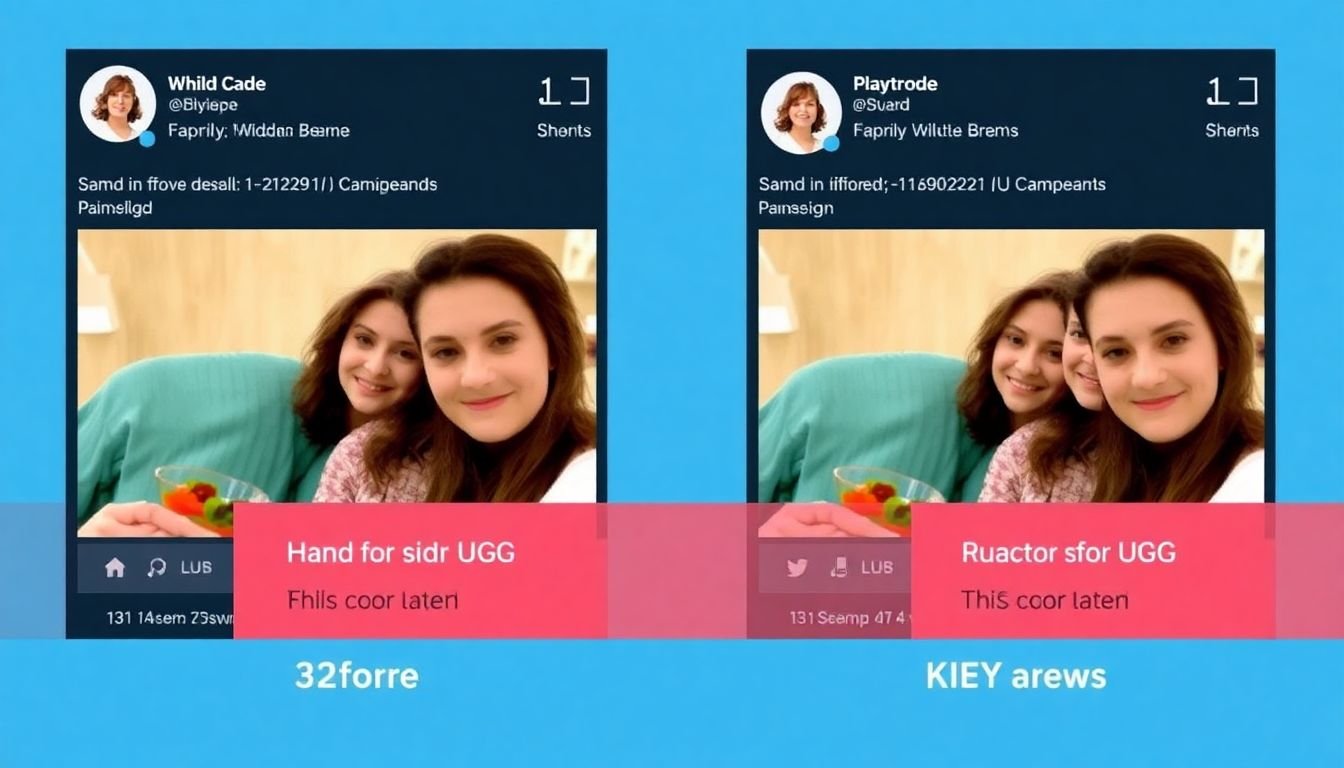
Case Studies: Lessons from Successful UGC Campaigns
In the dynamic world of digital marketing, User-Generated Content (UGC) campaigns have emerged as powerful tools for brands to engage audiences, build trust, and drive sales. Let’s delve into two compelling case studies that illustrate the effectiveness of UGC campaigns and extract actionable insights from their success.
**Case Study 1: GoPro
- #GoProGoPro, the action camera giant, has mastered the art of UGC with its #GoPro campaign. The brand encourages users to share their adrenaline-fueled adventures, with the best content featured on GoPro’s official channels. This strategy has not only generated a wealth of engaging content but also fostered a loyal community of advocates.
- Incentivization: The promise of being featured on GoPro’s channels incentivized users to create and share high-quality content.
- Consistency: GoPro consistently engages with its community, responding to posts, and sharing user-generated content, fostering a sense of belonging.
Case Study 2: Coca-Cola
From these case studies, we can derive several actionable takeaways:
Clear CTAs and Incentives:
- Make it easy for users to participate and incentivize them to create and share content.
Consistency and Engagement:
- Regularly engage with your community to build a loyal following.
Personalization and Scarcity:
- Leverage personalization and scarcity to drive engagement and sharing.
Hashtags:
Use unique, memorable hashtags to track and aggregate user-generated content.By learning from these successful UGC campaigns, brands can craft their own engaging and effective user-generated content strategies.

The Future of User-Generated Content
The future of user-generated content (UGC) is a dynamic landscape, shaped by emerging trends and technologies that are redefining how users engage, create, and share content. As we venture into this new era, brands must stay ahead of the curve to continue leveraging UGC effectively. One of the most prominent trends is the rise of short-form video content, led by platforms like TikTok and Instagram Reels. These platforms have popularized bite-sized, creative content, encouraging users to engage with brands in new, interactive ways. To stay relevant, brands should consider incorporating short-form video into their UGC strategies, fostering a sense of community and authenticity.
Augmented Reality (AR) and Virtual Reality (VR) are also transforming UGC. AR filters and lenses, as seen on Snapchat and Instagram, allow users to engage with brands in immersive, fun ways, generating unique, shareable content. Brands can leverage these technologies to create AR experiences that encourage users to create and share UGC, enhancing brand engagement and reach.
Another trend is the growing importance of user privacy and data control. Users are increasingly conscious of how their data is used, and platforms are responding with features that give users more control. Brands should respect user privacy and be transparent about how they use UGC, building trust and fostering positive brand sentiment.
To stay ahead, brands should also embrace a ‘test and learn’ approach, continually experimenting with new platforms, formats, and technologies. This could involve creating dedicated UGC teams, investing in influencer partnerships, or even developing proprietary tools to facilitate UGC creation. By staying agile and adaptable, brands can continue to harness the power of UGC in the ever-evolving digital landscape.
FAQ
What is user-generated content (UGC) and why is it important in a social media strategy?
How can I encourage users to create and share content related to my brand?
- Ask users to share photos of them using your product with a specific hashtag
- Host a contest where users can win a prize by sharing their content
- Offer exclusive discounts or perks to users who share their experiences with your brand
What kind of content works best for user-generated content campaigns?
How can I ensure the quality and relevance of user-generated content?
How can I leverage user-generated content to improve community engagement?
- Share user photos or videos on your brand’s social media profiles, crediting the original creator
- Respond to users’ posts by liking, commenting, or sharing them
- Create a community around your brand by encouraging users to connect with each other and share their experiences